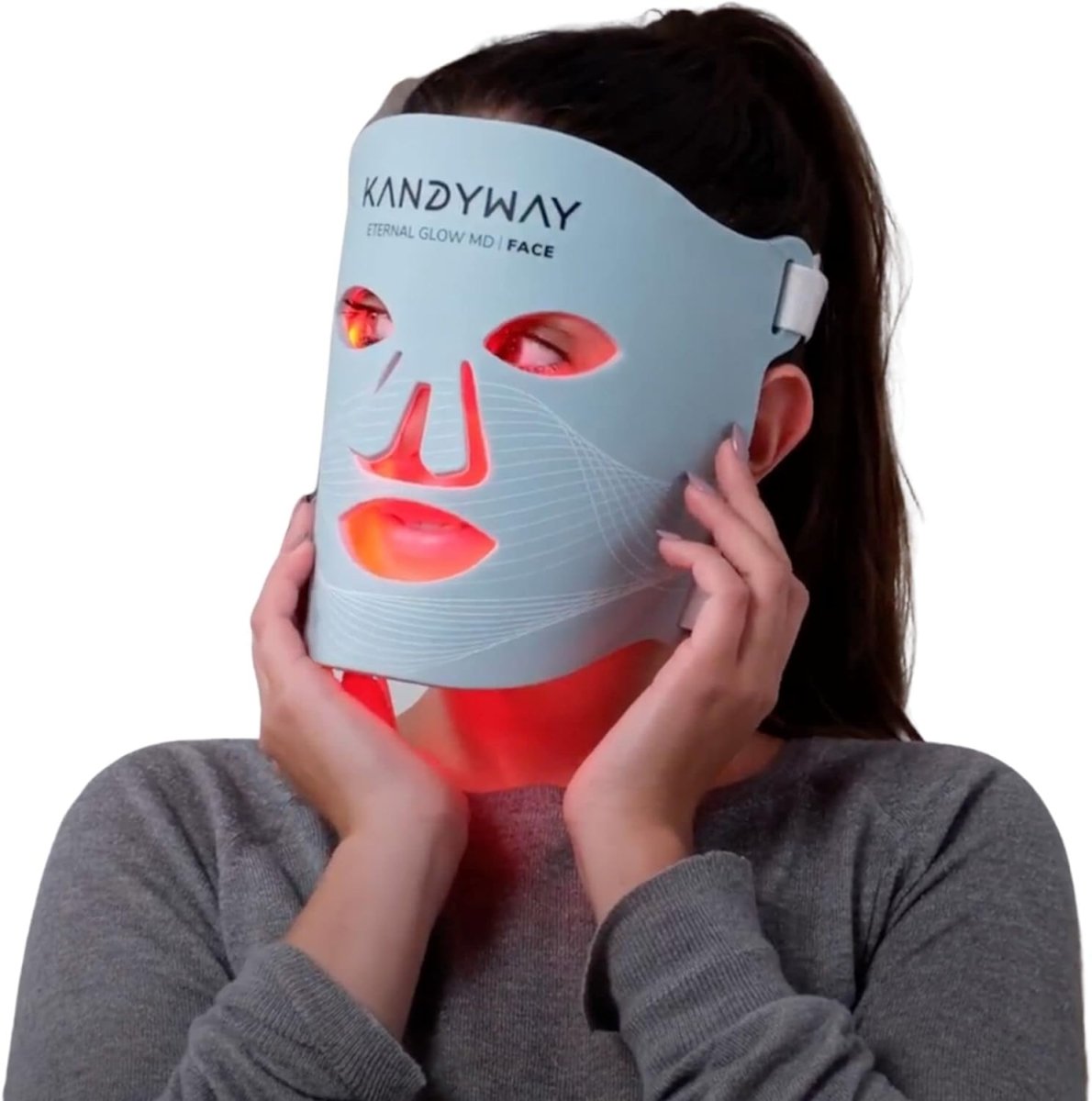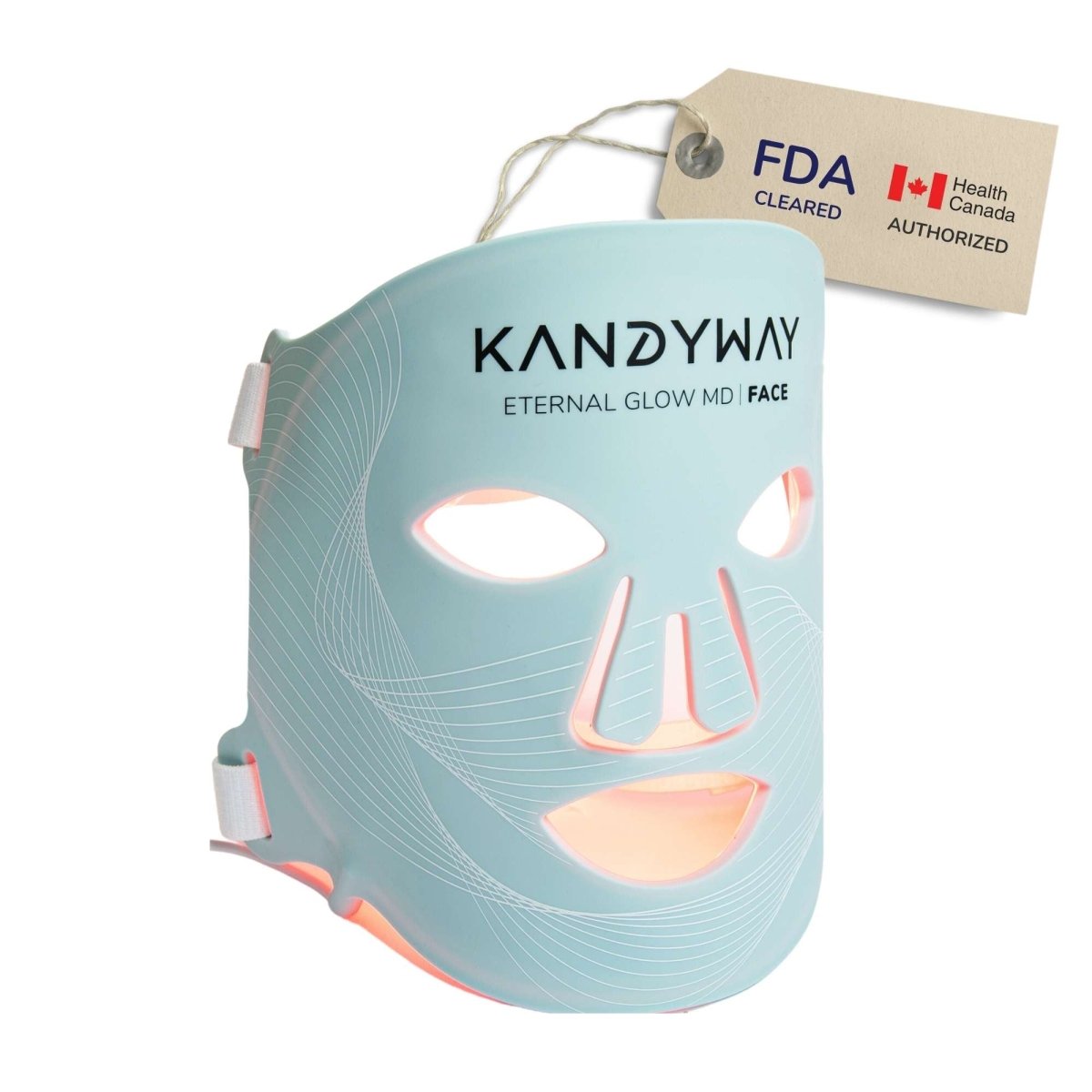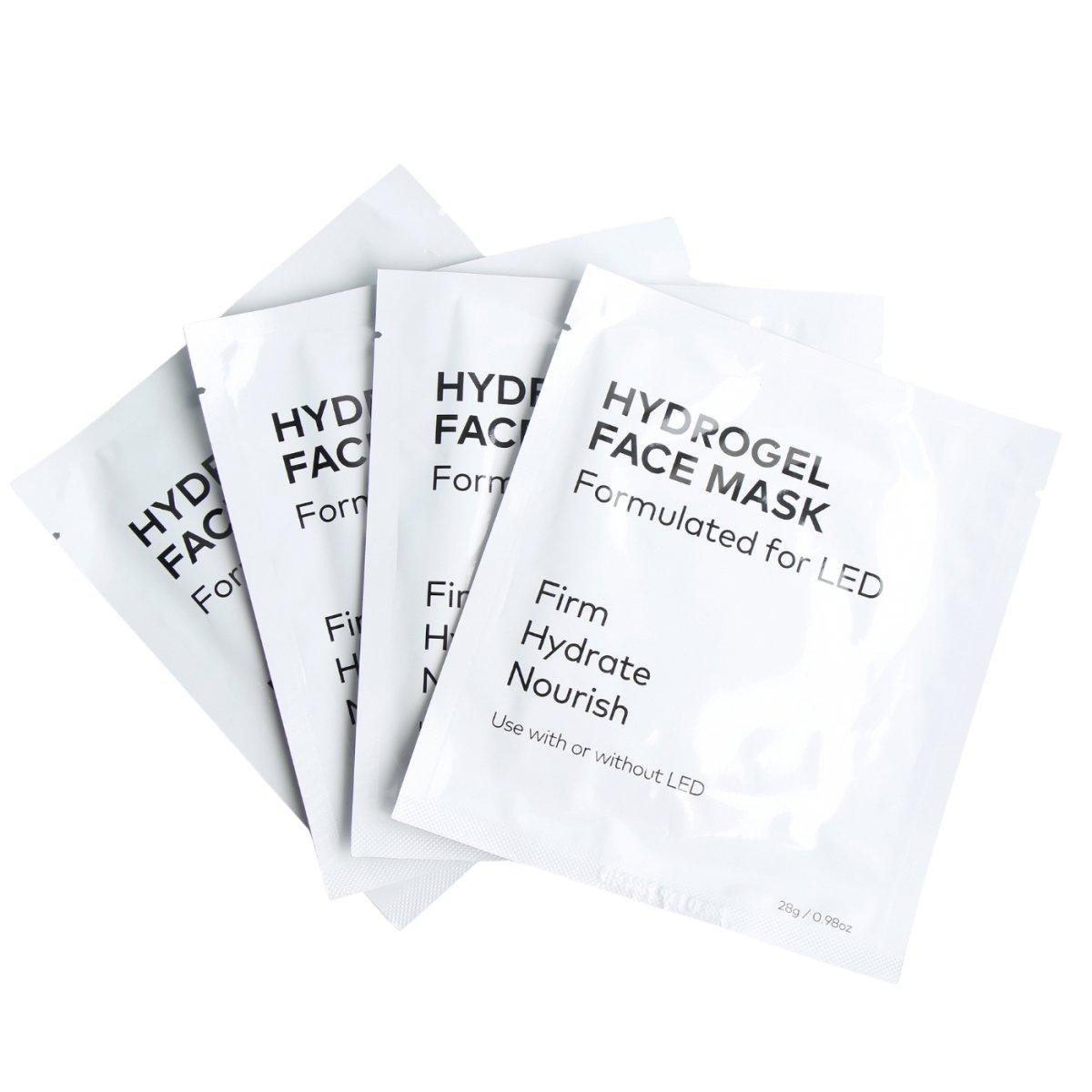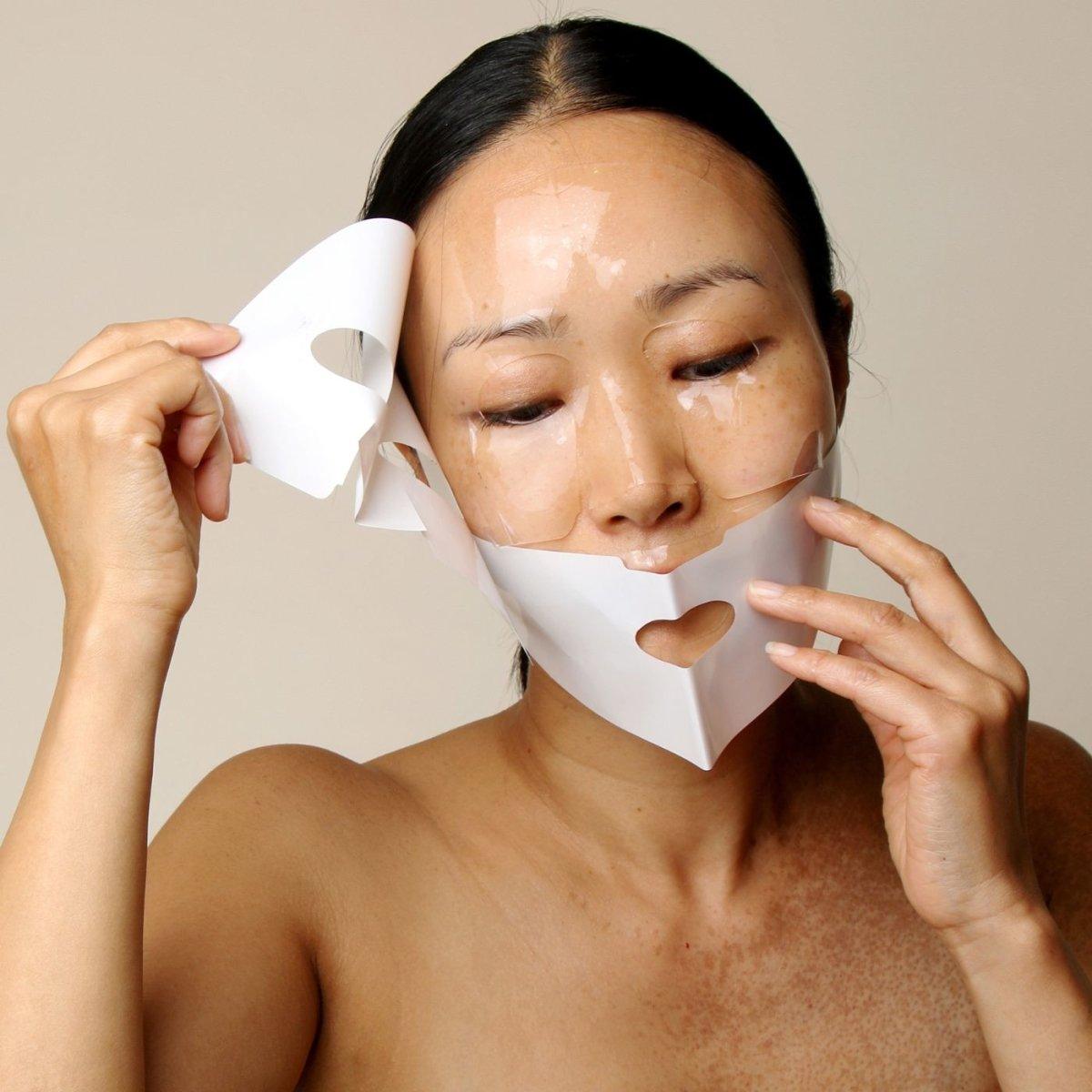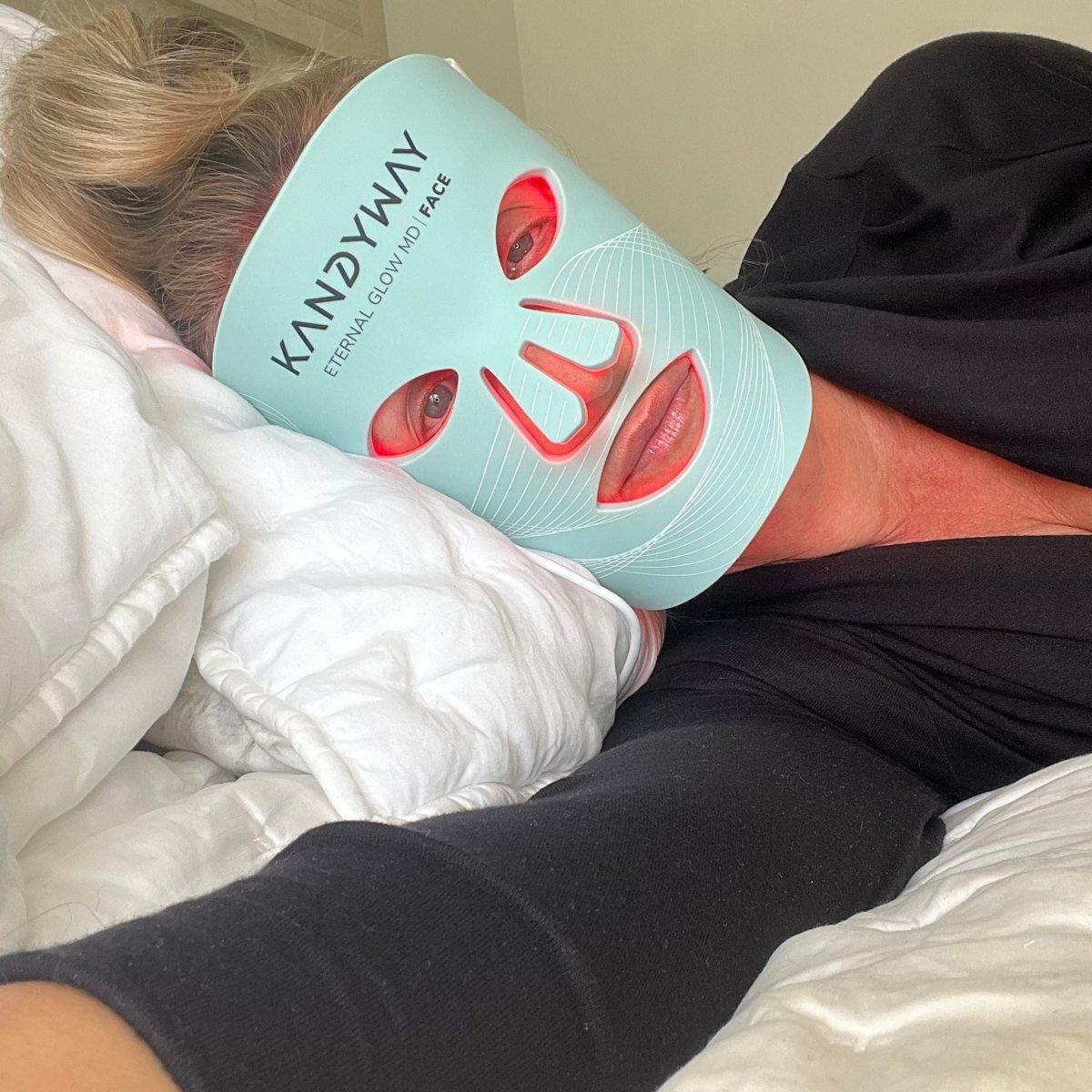Wrinkles are the result of years of damage to the skin. They can be caused by sun damage, stress, aging, and genetics. Although wrinkles are mostly perceived as an aesthetic problem, they can also cause physical discomfort and pain when present on sensitive body parts such as eyelids or mouth corners.
What are wrinkles?

Wrinkles are a natural part of aging that happens when the breakdown of collagen and elastin causes your skin to lose its elasticity. They can be caused by genetics, sun damage, smoking, and other factors.
The skin on your neck will also start to sag as you age. Most people think of this when they hear the word "wrinkle." That's because there is less fat there than on other parts of your body—the result is that it looks more wrinkled than before.
There are several ways to treat wrinkles on your neck. Many people choose injectable fillers like Restylane or Juvederm, which can soften lines and give the skin more volume and definition. Others go for a laser treatment, which uses heat from a high-energy light to stimulate collagen production in your skin and stimulate collagen production in the dermis layer of your skin.
Causes of wrinkles

What are the causes of wrinkles?
Several factors can contribute to wrinkles. Some of these include:
- Age. As we get older, our skin loses a lot of its moisture, making it look drier and more wrinkled.
- Genetics. If you have parents with wrinkled skin, you're more likely to get them too—but this doesn't mean you should despair! Genes aren't the only thing that affects how your face and body change over time. By making healthy lifestyle choices, we can do a lot to slow down or even stop the effects of aging.
- Sun exposure also plays a significant role in how quickly we develop wrinkles and how deeply they show up once they appear on our faces. Scientists believe that UV rays directly damage collagen fibers in our skin, causing premature aging.
- Diet. Poor nutrition can lead to various skin issues, including dryness and wrinkles. One study found that eating more fish (especially oily fish) could help reduce the appearance of fine lines around the eyes by increasing levels of omega-3 fatty acids in the body. Eating more fruits and vegetables (at least five servings per day) can also help prevent premature aging, but be sure to choose organic whenever possible!
- Psychological stress. Psychological stress is a significant cause of premature aging—especially for women under constant pressure to look their best at all times. People who said they had more stress in their lives tended to have more signs of aging on their faces than people who didn't say they had much stress (even when researchers controlled for factors like smoking and sun exposure).
- It's not just psychological stress that can cause premature aging—physical stress can also take a toll on your skin.
- Smoking. Smoking is one of the most common causes of premature aging—and it can make you look older than your age by as much as 10 years! Signs of aging aren't just caused by smoking, though. It's also essential to avoid secondhand smoke and other types of pollution, such as air pollution and car exhaust fumes.
Types of wrinkles
 Wrinkles come in two main types: dynamic and static.
Wrinkles come in two main types: dynamic and static.
Dynamic wrinkles result from repetitive facial expressions, such as smiling or frowning. They appear when muscles contract and relax and tend to occur on the forehead and around the eyes.
Static wrinkles are caused by aging, ultraviolet damage, genetic factors, and lifestyle habits like smoking. These are usually on your cheeks, neck, and upper chest, and you can't get rid of them with needles or laser treatments as you can with dynamic wrinkles.
At what age do I start getting wrinkles?

After 25, most people notice visible skin texture and tone changes. As your skin loses its elasticity and structure, fine lines appear and eventually become wrinkles.
In addition to genetics, UV radiation from sun exposure is one of the leading causes of premature aging. This means that it's essential for everyone to protect themselves against sun damage with sunscreen (SPF 30 or higher) every day when they go outside.
The most common signs of premature aging are:
- Fine lines on the forehead
- Fine lines around the eyes (crow's feet)
- Vertical creases between your eyebrows (frown lines)
Starting an anti-aging routine at this age is recommended by many specialists to prevent more severe issues down the road.
Wrinkle prevention

There are several things you can do to help prevent wrinkles.
First, protect your skin from the sun by wearing sunscreen and avoiding tanning beds.
Second, use products with built-in sunscreen (look for SPF 30 or higher). If you can't find one that works for you, try mixing some zinc oxide into your moisturizer or foundation and applying it before going out into the sun.

Third, get plenty of sleep! Wrinkles form over time as our bodies age—and lack of sleep increases stress levels linked to accelerated aging.

Eat healthily! A balanced diet high in fruits and vegetables is excellent for preventing wrinkles because they contain antioxidants that fight free radicals that lead to aging effects on our skin (like wrinkles). Get enough water too! Dehydrated skin tends not to look as good as hydrated skin, so drink lots of water daily and eat foods containing lots of water (like cucumbers).
The above tips are great for preventing wrinkles, but if you already have them, there's still hope! Try using a moisturizer with retinol, an ingredient that helps stimulate collagen production and reduce fine lines. You may also want to look into microdermabrasion treatments, which can help remove dead skin cells from your face and make it look brighter.
Finally, don't smoke! Smoking has been linked to wrinkles and premature skin aging, so if you smoke, stop!
Wrinkles are a natural part of aging, but there are ways we can treat them.
It is essential to understand that wrinkles are a natural part of aging. However, treatments are available to reduce the appearance of wrinkles and other signs of aging.
Several options can be used in combination or alone:
- Retinoids: retinoic acid derivatives (e.g., tretinoin [Retin-A], tazarotene [Tazorac]) improve skin texture and tone by increasing collagen production in the skin. They may also help heal acne lesions by normalizing oil production and skin shedding processes on the surface of your skin. Side effects include irritation, redness, scaling/dryness, and peeling of treated areas; these side effects usually subside after several weeks as your body gets used to the medication's activity level.
- Micro-needling: microscopic needles create tiny channels in your skin through which collagen-stimulating substances can penetrate deeper layers, promoting collagen synthesis with minimal risk for scarring.
- Microdermabrasion: This procedure uses fine crystals or aluminum oxide to remove surface debris from your face using high-velocity suction.
- Dermabrasion: This procedure removes top facial layers using an electric scalpel that shaves off damaged tissue while sparing healthy tissue beneath it; this process creates visible scars but also stimulates growth factor release, which helps speed wound healing while reducing pigmentation problems.
- Chemical peels: these superficial chemical treatments remove damaged outermost layers by causing controlled burns within certain depth ranges depending on what type is used (superficial acid peel for mild exfoliation effect; medium depth glycolic acid peel for intermediate results). Peels may be performed at salons or doctor's offices but require professional supervision, so appropriate concentrations can be determined before starting treatment sessions.
- Laser resurfacing: fractional laser targets specific areas on the face, such as the eyes, and mouth area, to smooth out wrinkles & fine lines without affecting surrounding tissues like the dermis layer underneath the epidermis layer, so no loss occurs.
Red light therapy for wrinkles

Red light therapy is a non-invasive treatment that uses red light to reduce the appearance of fine lines, wrinkles, and other signs of aging. In addition, red light is used to help the skin produce collagen, increase blood circulation, and stimulate cell regeneration.
Red light therapy can be used independently or as part of a more comprehensive treatment plan for anti-aging benefits.
Also commonly referred to as phototherapy, this is a treatment that uses specific wavelengths of light to treat various skin conditions. It is possible to purchase online red light therapy equipment that emits wavelengths ranging from 630 nanometers (nm) to 850 nm.
There are many different types of red light therapy, each with its benefits. Near-infrared (NIR) light is the most common type, which reduces inflammation, increases blood circulation, and stimulates collagen production.
Red light therapy is a non-invasive treatment that uses red light to reduce the appearance of fine lines, wrinkles, and other signs of aging. In addition, red light is used to help the skin produce collagen, increase blood circulation, and stimulate cell regeneration. Red light therapy can be used independently or as part of a more comprehensive treatment plan for anti-aging benefits.
Conclusion
Wrinkles are an inevitable part of aging, but there are ways to slow down the process. Wrinkles can make you look older than you are and make it difficult for others to see the true beauty within you. Don't let wrinkles get in your way; talk to your doctor today about getting treatment that works best for your lifestyle!





